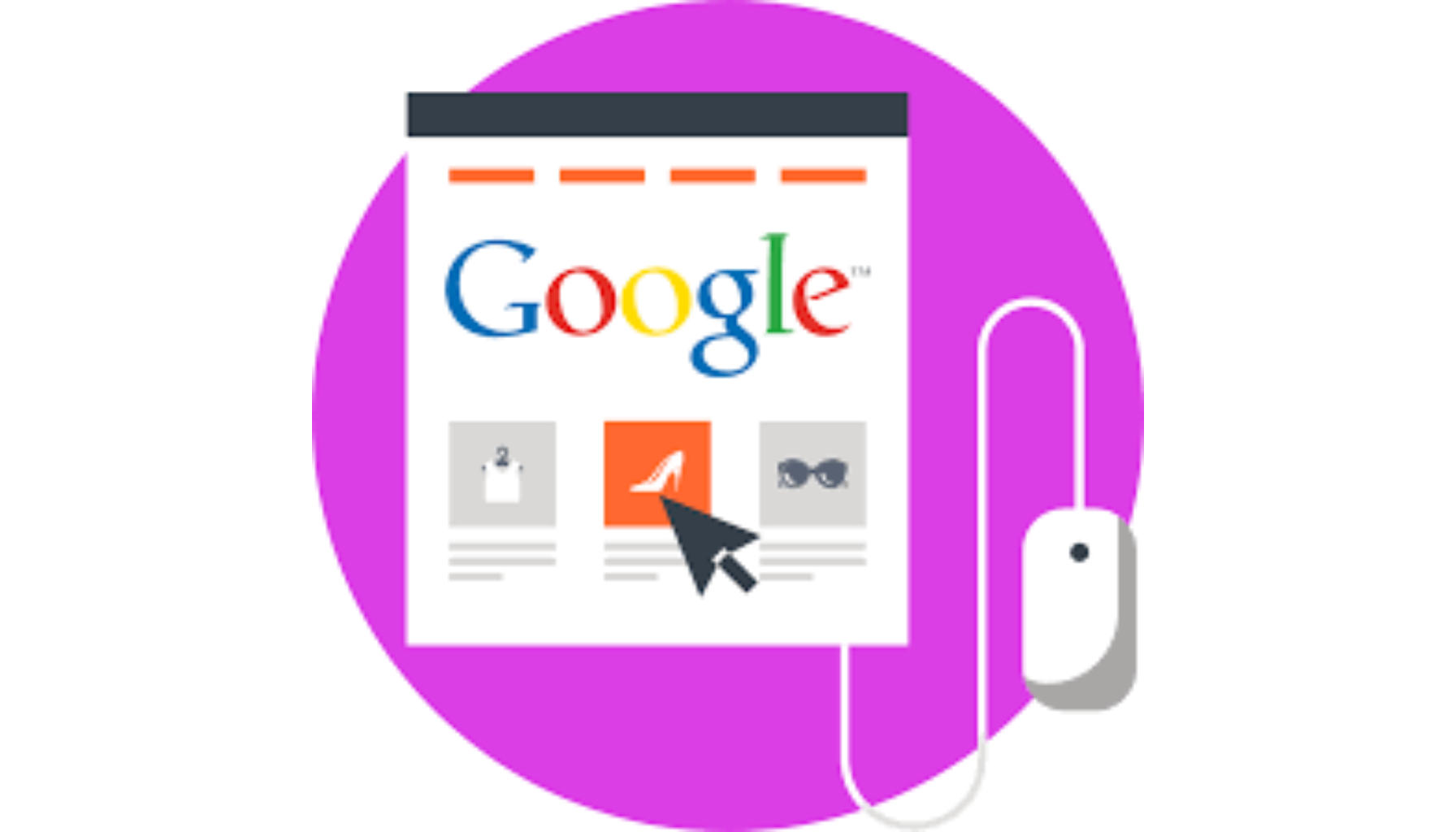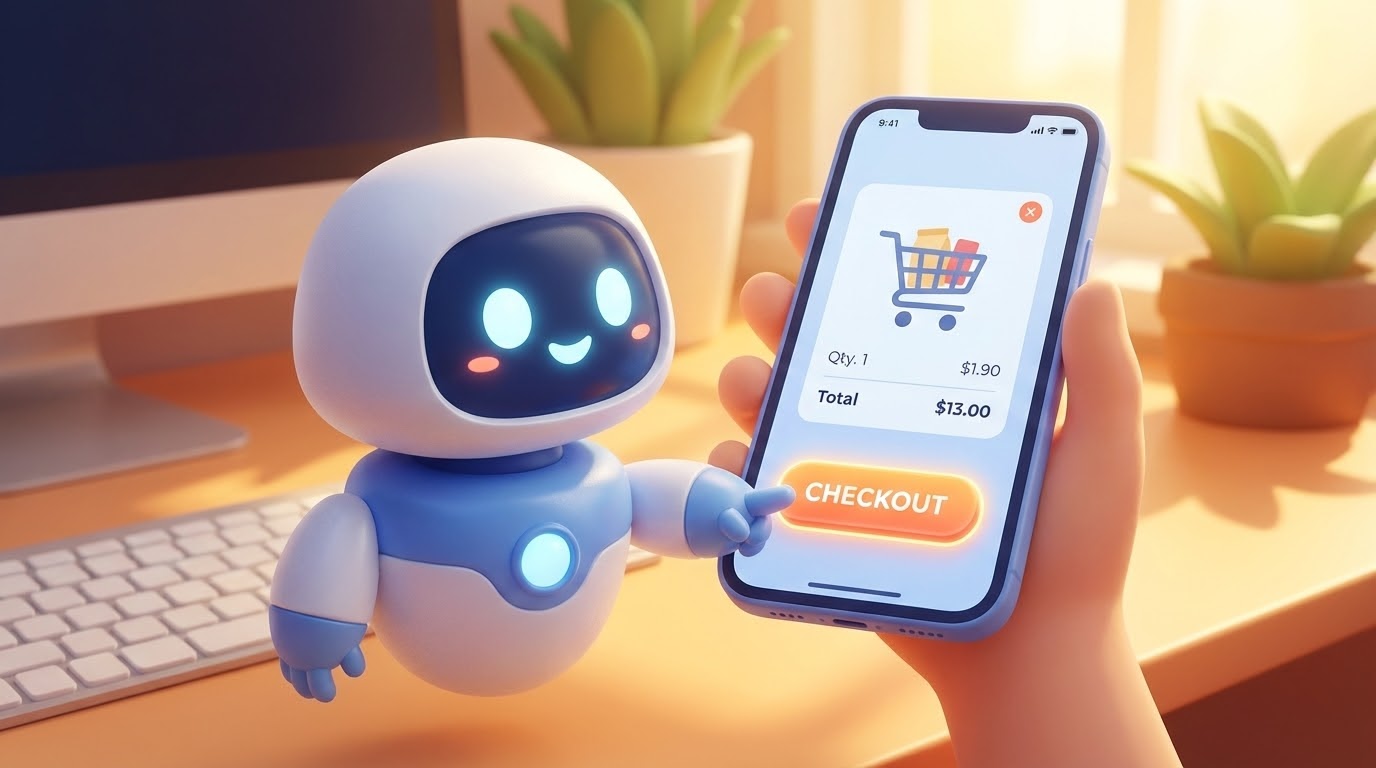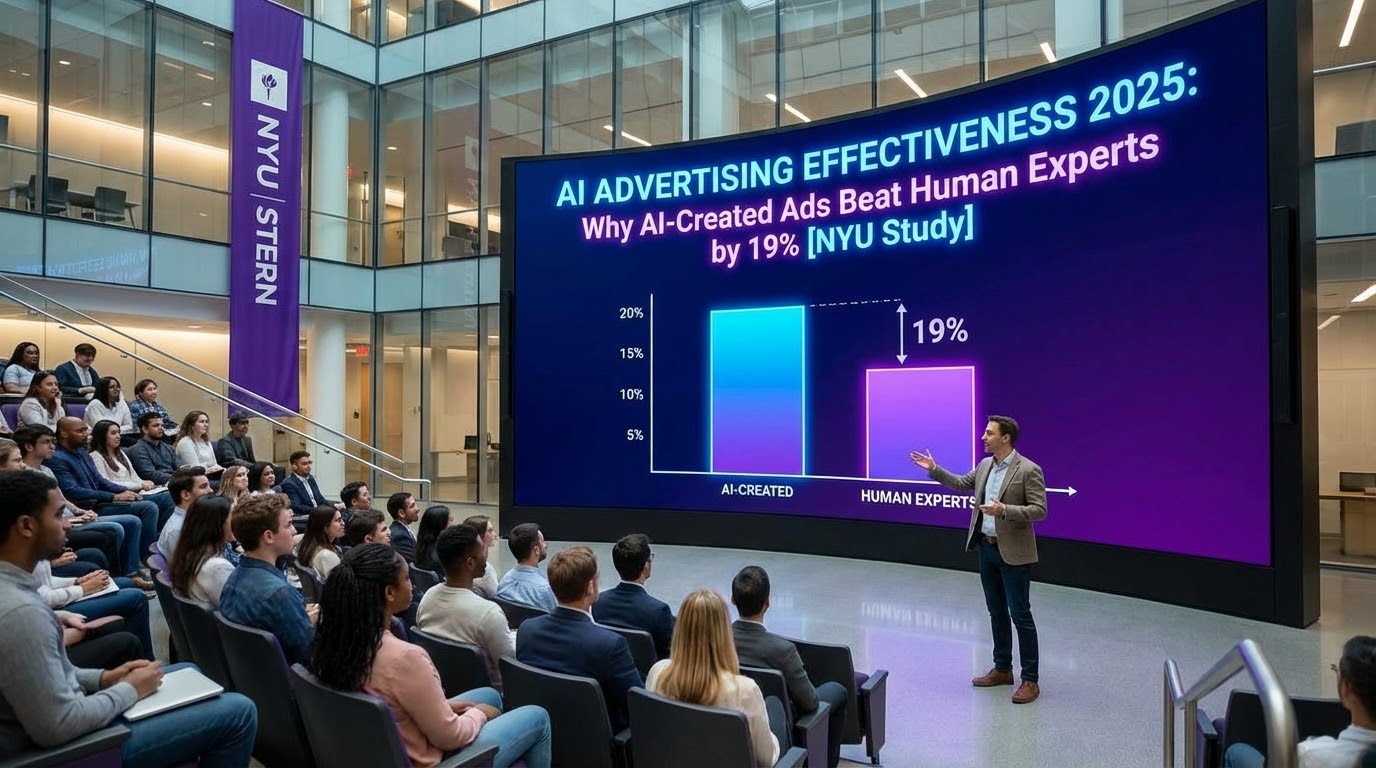
Google LIA: the numbers that show that Internet users want to come back to stores
At a time when e-commerce is constantly growing, another reality is discreetly emerging: Internet users want to come back to the store. Google understood this well, by offering Local Inventory Ads (LIAs), or local inventory ads, which precisely meet this hybrid need between digital and physical point of sale. The numbers speak for themselves. In this article, we review the key data that proves that the “online-to-offline” shopping journey is more current than ever.
What is Google LIA?
Les Local Inventory Ads allow retailers to show Internet users the products available in stock in their physical stores, directly in Google Shopping results, Google Maps or the classic Google search.
These ads include:
- The local availability of the product
- The price charged in stores
- The address of the store
- Opening hours
👉 The result: a seamless shopping experience that connects online research with in-store shopping.
An explosion in store traffic thanks to LIAs
Numerous studies show that the impact of Local Inventory Ads far exceeds that of traditional ads.
Key figures:
- +21% in store visits and +9% online conversions thanks to the activation of LIAs (source: Google).
- On average, between 10 and 18 store visits for 100 clicks on an LIA ad (source: Think With Google).
- SportsCheck (Germany): +108% store visits and Doubling of offline sales in just 7 weeks of using LIAs.
These data demonstrate the leverage effect of LIAs on the web-to-store strategy.
Internet users want to know what they are going to find
Before even traveling, buyers want to be sure that the product they are looking for is available near them.
Buying behavior:
- 83% of consumers say they search online before going to the store.
- 78% Consult the information on local points of sale at least once a week.
- 8 out of 10 Internet users give up traveling if availability is not clearly indicated online.
“Near me” or “in stock now” queries are exploding in Google Search. LIAs meet exactly these expectations.
The advertising performance of LIAs exceeds that of traditional shopping
Beyond the intention to visit, LIAs also show better media performances.
Concrete examples:
- GRAVIS (DE) :
- +81% by CTR desktop
- +99% By CTR mobile
- LEIA = 72% of mobile clicks
- +81% by CTR desktop
- PetSmart (US) :
- +122% in CTR
- +6% in turnover awarded to LIAs
- +122% in CTR
- IKEA (Germany) :
- +45% overall CTR
- +31% local impressions
- +45% overall CTR
Local Inventory Ads are therefore not only a drive-to-store tool, but a real advertising performance engine.
Why is this trend accelerating in 2024
With the gradual elimination of third-party cookies, the rise of AI in shopping journeys, and the rise of omnichannel commerce, brands need to more concrete and measurable touchpoints.
LIAs are part of this strategic shift:
- They use product feed data (Google Merchant Center)
- They allow local conversions to be monitored.
- They are displayed on Search, Maps, Images, Google Assistant...
In summary, LIAs make the store Visitable As much as the site is clickable.
How to activate Local Inventory Ads
To take advantage of this opportunity, here are the prerequisites:
- A local product flow in Google Merchant Center
- A store identifier and a physical inventory updated regularly
- Local Shopping campaigns activated in Google Ads
- Precise geolocation of points of sale
💡 To avoid mistakes and maximize performance, it is essential to have a complete, updated and enriched product flow.
*****
The numbers are clear: Internet users want to come back to the store, but on their terms. They want transparency, instantaneity and geolocation. Google LIA meets this demand perfectly, by bringing the digital world closer to the reality of physical stocks.
For brands, it's an opportunity to Transform each local search into a concrete visit, and each click in turnover.
Continue reading

Agentic AI and New Shopping Dynamics: Understanding the Rise of AI-Driven Shopping in 2026

AI Advertising Effectiveness 2025: Why AI-Created Ads Beat Human Experts by 19% [NYU x Emory Study]

Nano Banana Pro: Full analysis of the latest Google 2025 Image Generation Model
.svg)







